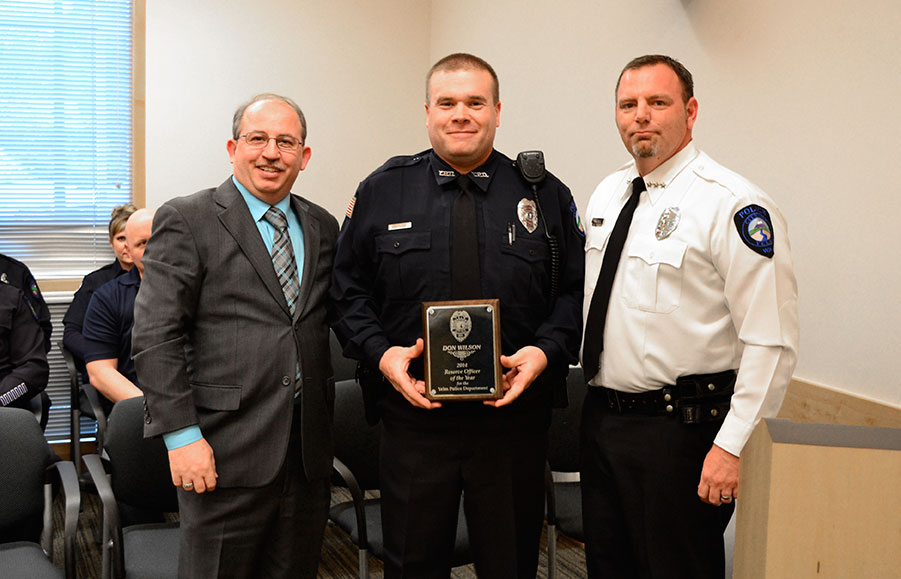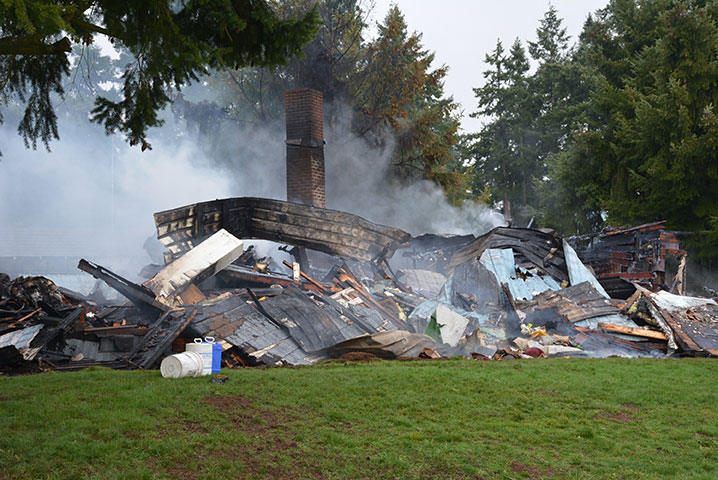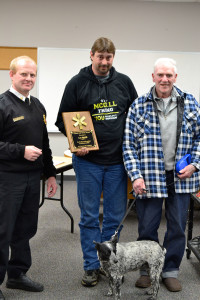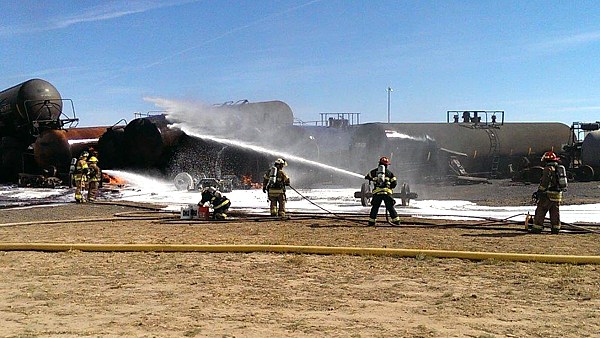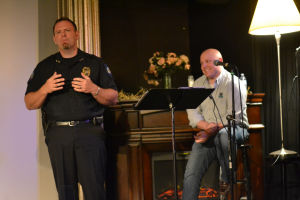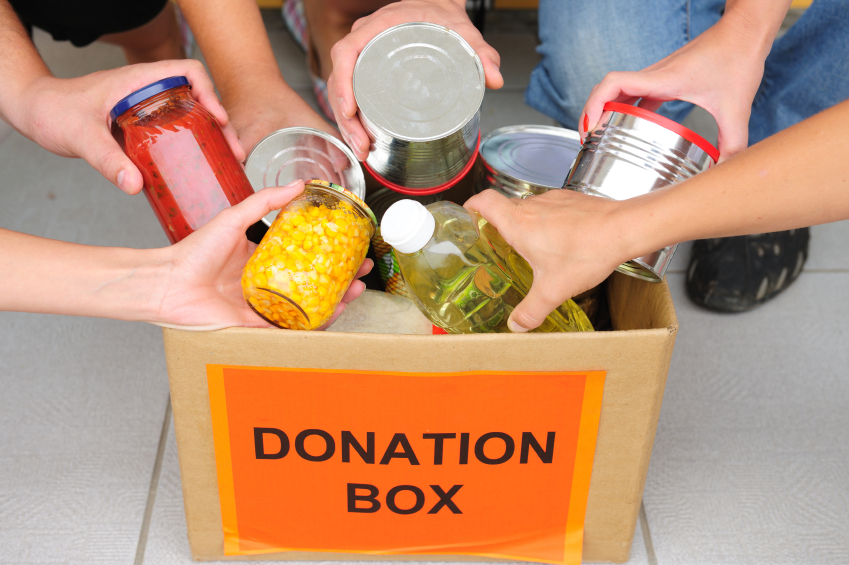Water Safety:
 The weather is warming up! Remember to always wear a life jacket when out in the water. This includes activities like: Boating, rafting, tubing, floating, swimming, etc. Some other safety tips include:
The weather is warming up! Remember to always wear a life jacket when out in the water. This includes activities like: Boating, rafting, tubing, floating, swimming, etc. Some other safety tips include:
- Avoid alcohol when swimming or boating
- Don’t swim alone or in bad weather
- Learn CPR
- Learn to swim and teach your children to swim
- Supervise your children when they are in the water
- Prevent sunburns – use plenty of sunscreen!
 Grill Safety:
Grill Safety:
Summertime means grilling time! Keep these tips in mind to make sure your summer grilling season stays safe and fun:
- Grills are for outside only; Use in well-ventilated areas.
- Keep grills away from deck railings, eaves and overhanging branches, kids and pets.
- Check propane tank hose for leaks before use.
- Always open propane grill lids before lighting.
- Keep the fire under control; be ready to extinguish flames.
- Never leave a grill unattended once lit.
- Be careful with open flames: Never leave the area with an open flame. Extinguish before leaving.

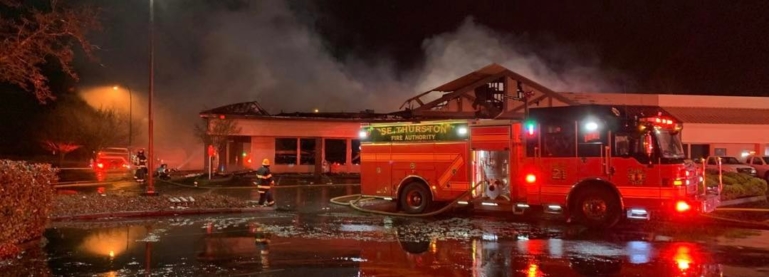
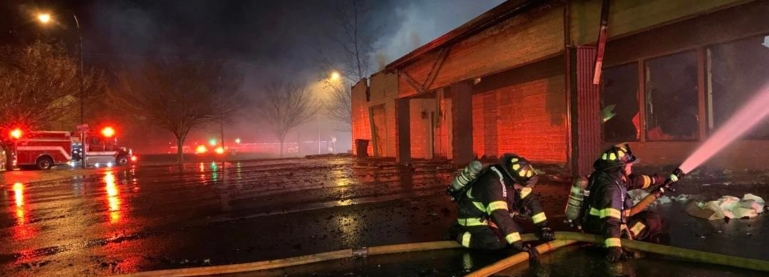
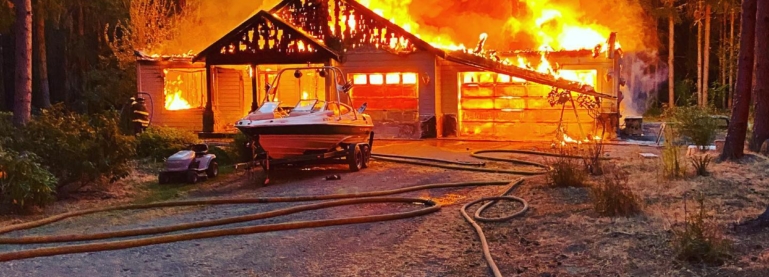

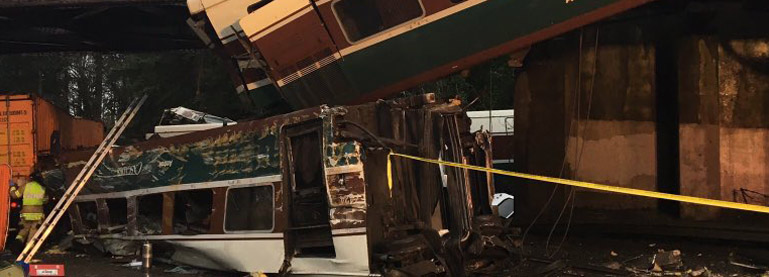
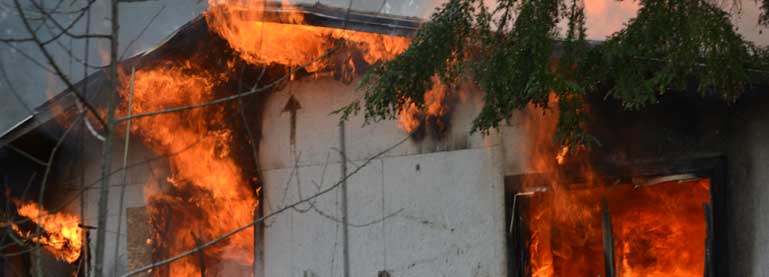
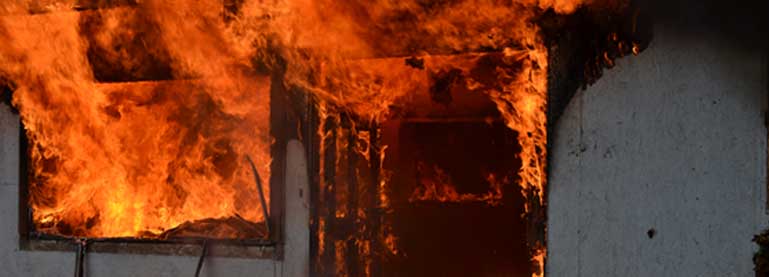
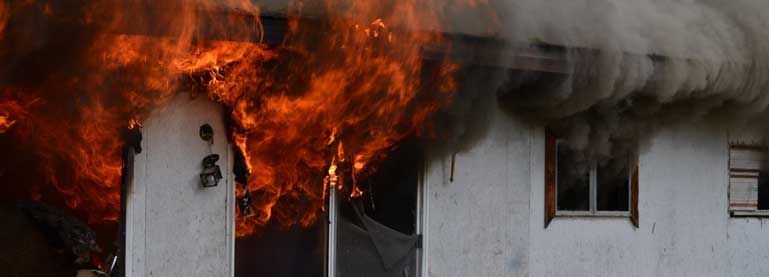
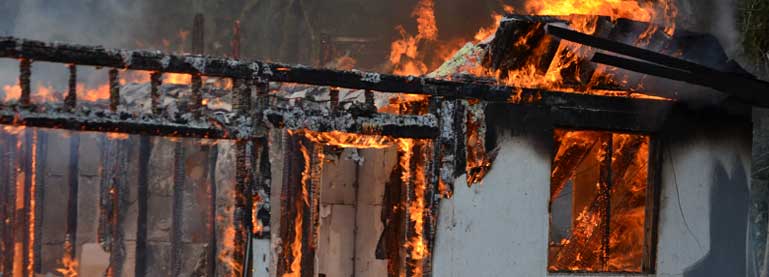
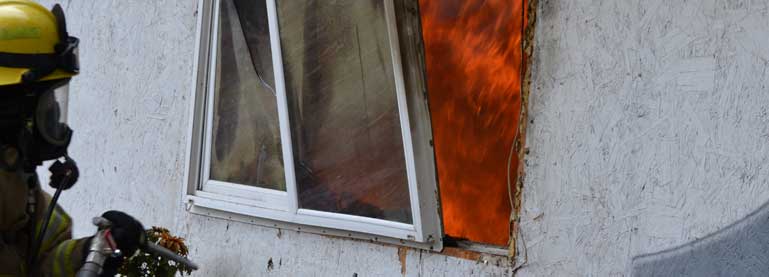
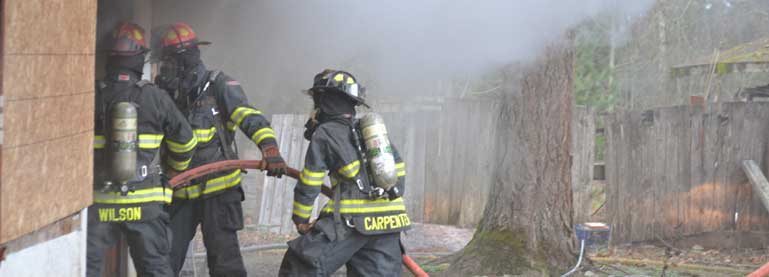
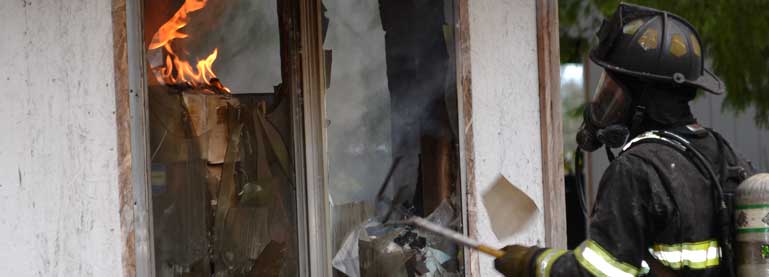
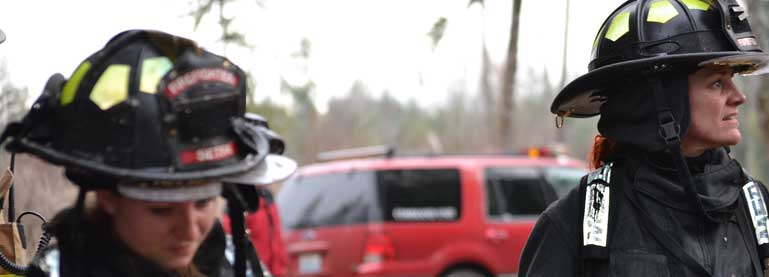
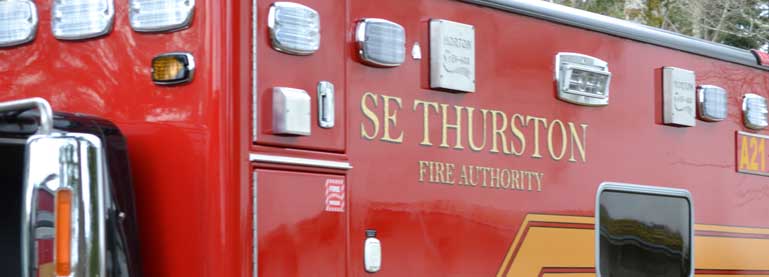

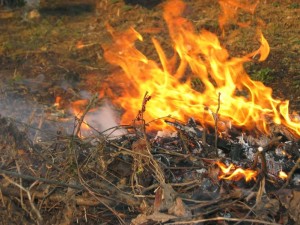 “OLYMPIA – With heat and drought rapidly increasing fire danger in western Washington, the Washington State Department of Natural Resources (DNR) is today expanding last week’s burn ban from DNR-protected lands in eastern Washington to include those west of the Cascades. The statewide burn ban will run from June 22 through September 30, 2015. “Westside forests are drying out and the outlook is for continued warm, dry weather,” said Commissioner of Public Lands Peter Goldmark. “These conditions make it clear it’s time for a statewide burn ban.”
“OLYMPIA – With heat and drought rapidly increasing fire danger in western Washington, the Washington State Department of Natural Resources (DNR) is today expanding last week’s burn ban from DNR-protected lands in eastern Washington to include those west of the Cascades. The statewide burn ban will run from June 22 through September 30, 2015. “Westside forests are drying out and the outlook is for continued warm, dry weather,” said Commissioner of Public Lands Peter Goldmark. “These conditions make it clear it’s time for a statewide burn ban.”